
Metallurgical Sector
The metallurgy sector and non-destructive testing (NDT) are closely related, as NDT plays a crucial role in ensuring the quality, safety, and reliability of metallic materials used in various industrial applications. Metallurgy provides the base materials, while NDT provides the tools and techniques needed to inspect and evaluate these materials without damaging them.
In the metallurgy field, NDT is widely used at different stages of the manufacturing process, metal and alloy transformation, as well as on equipment in service.

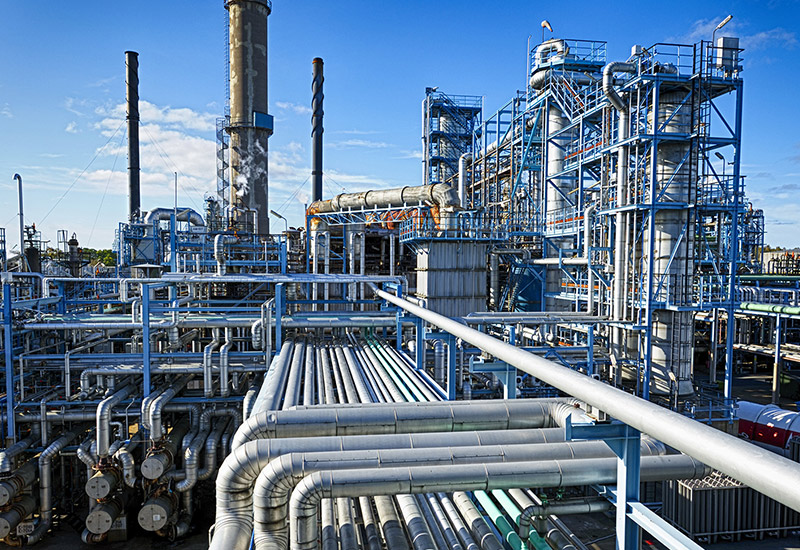
Petrochemical Sector
The petrochemical sector is a complex and crucial industrial field that involves the production of various chemicals from petroleum and gas raw materials. In this sector, the safety, reliability, and quality of facilities and equipment are of paramount importance, and this is where non-destructive testing (NDT) comes into play.
NDT plays a key role in the petrochemical sector by ensuring the integrity of critical infrastructures such as storage tanks, pipelines, reactor vessels, heat exchangers, and distillation columns. These installations are often subjected to extreme conditions of pressure, temperature, and corrosion, making them more prone to failure.


Mining Sector
The mining sector is a cornerstone of the global industry, supplying the raw materials necessary for the production of many products essential to our daily lives, such as metals, minerals, fossil fuels, and building materials. In this sector, non-destructive testing (NDT) plays a crucial role in ensuring the quality, safety, and reliability of mining operations and the equipment used.
NDT is widely used in the mining sector to inspect and evaluate critical equipment such as drilling rigs, conveyors, crushers, flotation cells, storage tanks, and support structures. These pieces of equipment are subjected to extreme working conditions, such as vibrations, heavy loads, high temperatures, and exposure to corrosive chemicals, which makes them susceptible to wear, fatigue, and failure.

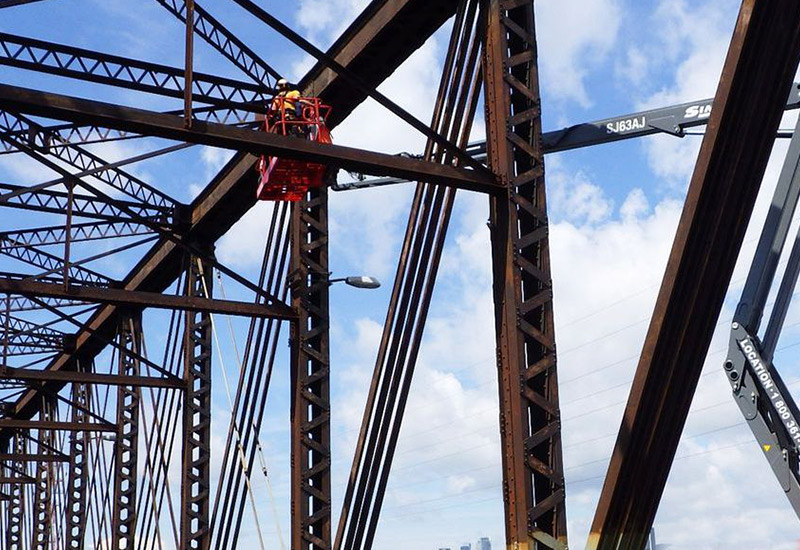
Infrastructure Sector
Infrastructure inspection is an essential component of managing and maintaining buildings, bridges, pipelines, roads, dams, and other critical structures. In this field, non-destructive testing (NDT) plays a central role by providing tools and techniques to assess the structural health of infrastructure in a safe and efficient manner.
NDT techniques are widely used to inspect infrastructures without damaging the materials or compromising their integrity. These techniques include radiography, ultrasonic testing, magnetic particle testing, thermography, dye penetrant testing, and other advanced methods. Each of these techniques offers specific advantages depending on the characteristics of the structure to be inspected and the potential defects to be detected.

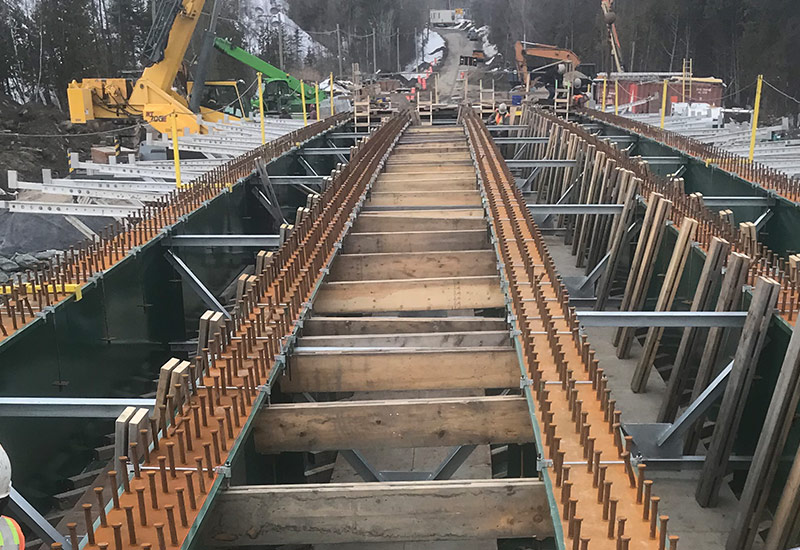
Construction Sector
The construction industry is a sector where safety, quality, and durability are of utmost concern. In this context, non-destructive testing (NDT) plays a crucial role by providing tools and techniques to assess the quality of materials, the strength of structures, and the safety of buildings in an effective and non-invasive manner.
NDT techniques are widely used throughout the construction process, from inspecting construction materials and foundations to verifying the integrity of structures and final installations. Some of the most commonly used techniques include radiography, ultrasonic testing, magnetic particle testing, thermography, dye penetrant testing, and other advanced methods.

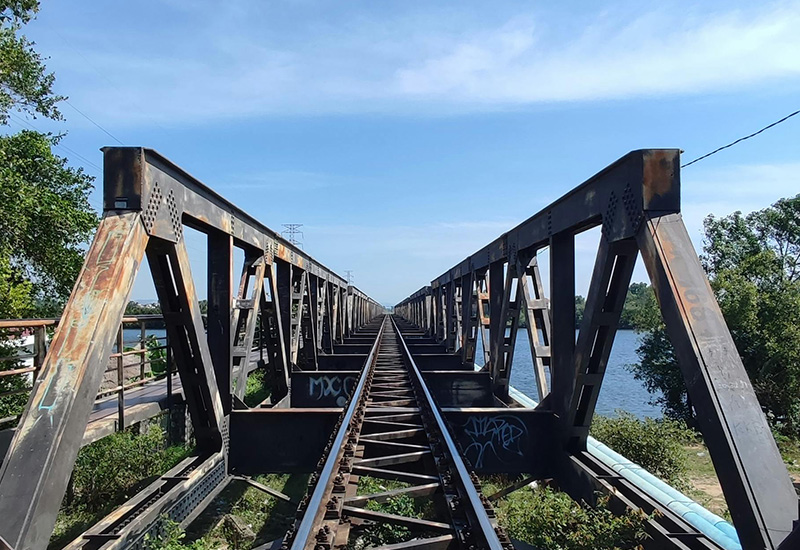
Transportation Sector
The transportation sector is vast and varied, encompassing infrastructure such as bridges, roads, railways, airports, seaports, as well as vehicles like cars, airplanes, trains, ships, and spacecraft. In this field, non-destructive testing (NDT) plays a crucial role in ensuring the safety, reliability, and durability of infrastructure and vehicles.
In the transportation infrastructure sector, NDT is widely used to inspect bridges, tunnels, roads, and railways to detect structural defects such as cracks, inclusions, corrosion, and weak spots. NDT techniques such as radiography, ultrasonic testing, magnetic particle testing, and thermography enable these inspections to be carried out effectively and non-destructively, reducing downtime and maintenance costs.


Welding Sector
In industries as demanding as construction, mining, oil and gas, aerospace, or automotive, weld quality is not optional — it’s a requirement. Every welded joint plays a key role in the strength and reliability of structures.
To ensure this requirement, non-destructive testing (NDT) is an essential solution. Without damaging the parts, our techniques allow us to quickly detect the smallest defects: cracks, porosity, inclusions, lack of fusion, etc.
Through proven methods, we guarantee a complete and precise inspection of your welds. The result: safer structures, compliance with standards, and reduced risk of failure.
Protect your investments, showcase your expertise. Trust NDT for uncompromising quality control.

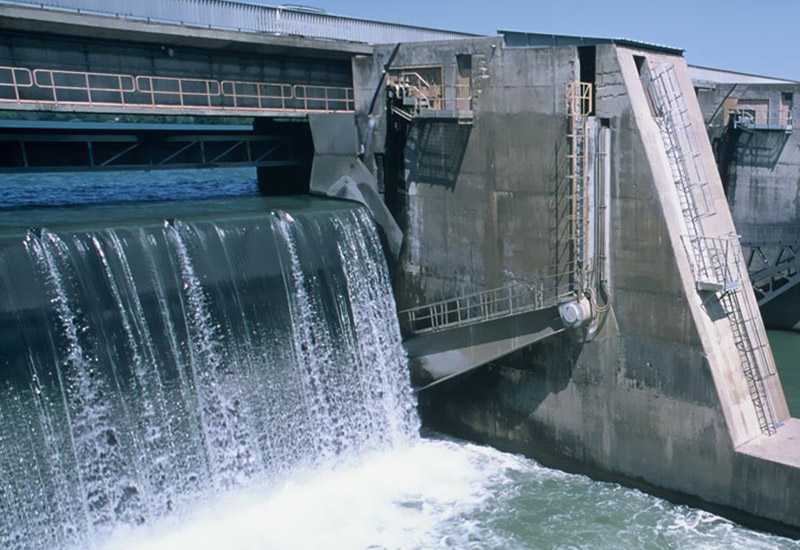
Hydroelectric Sector
Hydropower is a clean, sustainable, and essential energy source in the energy transition. To ensure the performance and safety of your infrastructures—dams, power plants, turbines, generators, penstocks—a rigorous inspection is indispensable.
This is where non-destructive testing (NDT) comes in: a cutting-edge solution to inspect your equipment without interruption or damage. Thanks to advanced techniques, we detect defects or signs of wear early on to prevent breakdowns, optimize maintenance, and extend the lifespan of your facilities.
This is where non-destructive testing (NDT) comes in: a cutting-edge solution to inspect your equipment without interruption or damage. Thanks to advanced techniques, we detect defects or signs of wear early on to prevent breakdowns, optimize maintenance, and extend the lifespan of your facilities.


